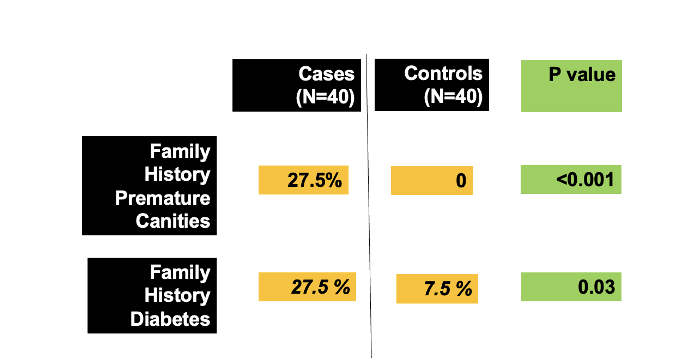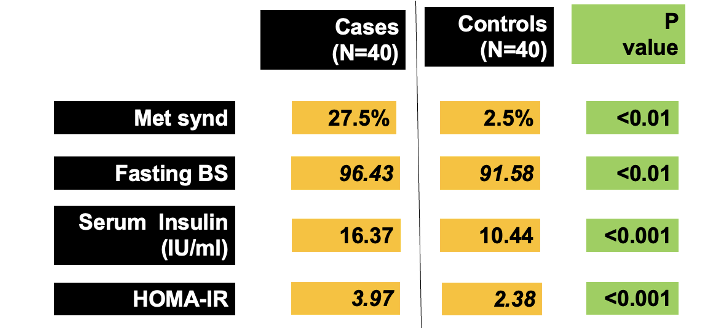Does Early Greying of Hair Confer Increased Risk of Heart Disease?
Early Greying of Hair Associated with Elevated Cardiovascular Risk Markers
Typically, Caucasians begin greying in their mid-30s; Asians in the late 30s; African-Americans in the mid-40s. About one half of the world's population has some degree of greying by age 50. The term "premature greying of hair (PGH)" or early canities refers to hair greying that occurs before the age of 20 in Caucasians, before 25 in Asian individuals and before 30 in black men and women.
It is often said that by age 50, about 50 % of the Caucasian population has at least 50 % grey hairs. This has been referred to this as the “50-50-50 Rule:" Other studies have suggested that that number is a gross overestimation and about 6-23 % of the population probably has 50 % of their hair grey by age 50.
The underlying defect in canities is a depletion of the melanocyte stem cell pool. Oxidative stress, psychological stress, inflammation and genetics are thought to drive this process in affected individuals. It has been proposed that pro-inflammatory cytokines like interleukin-6 (IL-6) and tumor necrosis factor alpha (TNF-alpha) as well as a reduction in available anti-oxidants may contribute to premature greying of the hair.
See Prior Articles
“Premature Greying of Hair: A Short Primer for Hair Specialists”
“Early Greying of Hair: What Factors Need to Be Considered?”
“Hair Greying and the 50-50-50 Rule”
”Premature Greying: Family History in 39 %”
”Systematic Review Captures Risks Associated with Premature Greying”
“Metabolic Risk Factors in Premature Greying of Hair”
“Meta-Analysis Points to Lower Calcium and Copper in Premature Greying”
Das et al 2022
In a new study, authors set out to assessed cardiovascular risk factors in patients with premature greying. This included an examination of IL6 and TNF levels as well as classic risk factors like insulin resistance, blood pressure, cholesterol etc. The hypothesis was that higher levels of various cardiovascular risk factors may be present in patients with early canities and potentially these factors may contribute in some way to early greying of hair.
Forty patients with premature canities between the ages of 19 and 25 years with >5 grey hair were compared to age and sex- matched healthy controls
A detailed history and examination including height, weight, waist circumference, blood pressure and pulse rate were documented for all individuals in the study. Blood tests were drawn to evaluate lipid profile, fasting blood sugar, serum insulin, IL-6, TNF-α and high sensitivity c-reactive protein (hs-CRP). The homeostatic model assessment of insulin resistance (HOMA-IR) index was calculated from fasting blood sugar and serum insulin.
STUDY RESULTS
The earliest age at onset of canities in this study was 9 years and the mean age of onset was 19.5 years. The mean grey hair count was 32.9 hairs and 13 (32.5%) patients had mild, 20 (50%) had moderate and 7 (17.5%) had severe canities. The parietal scalp (n = 30; 75%) was most commonly involved, followed by the temporal (n = 18; 45%), frontal (n = 11; 27.5%) and occipital (n = 2; 5%) areas.
FAMILY HISTORY
A family history of early canities was noted in about one quarter of patients. A significantly higher proportion of patients with early canities had a family history of diabetes.
BLOOD PRESSURE RESULTS
Blood pressure was more likely to be elevated in those with early canities. 50 % of controls had normal blood pressures measurements compare to just 27. 5% of patients with early canities. Mean systolic and diastolic blood pressure was higher in those with early canities compared to controls
METABOLIC SYNDROME
Patients with early canities were more likely to have metabolic syndrome and insulin resistance than controls.
Elevated CRP and IL-6 in Patients with Early Greying
The authors showed that patients with early greying had higher mean CRP levels. Mean IL-6 levels were not different although 20 % of patients overall had elevated IL-6 levels compared to no control patients having elevated IL-6 levels.
Conclusion and Discussion.
The authors of a small study found a significant association between various cardiovascular risk factors in young patients with premature canities.
We don’t have a good sense how risk changes with amount of greying. For example, we don’t know if patients with more severe greying have more significant cardiovascular parameter changes.
They propose that screening of patients with premature canities at their first clinic visit with simple clinical parameters like blood pressure, body mass index and waist circumference and blood tests like hs-CRP, fasting lipid profile, blood sugar and serum insulin can help stratify individuals into low risk and high-risk groups. This could potentially help reduce the future chances of heart disease in affected groups. More studies are needed
REFERENCE
Das S et al. Cardiovascular risk markers in premature canities. Indian J Dermatol Venereol Leprol. 2022 Jun 30;1-5.
This article was written by Dr. Jeff Donovan, a Canadian and US board certified dermatologist specializing exclusively in hair loss.





